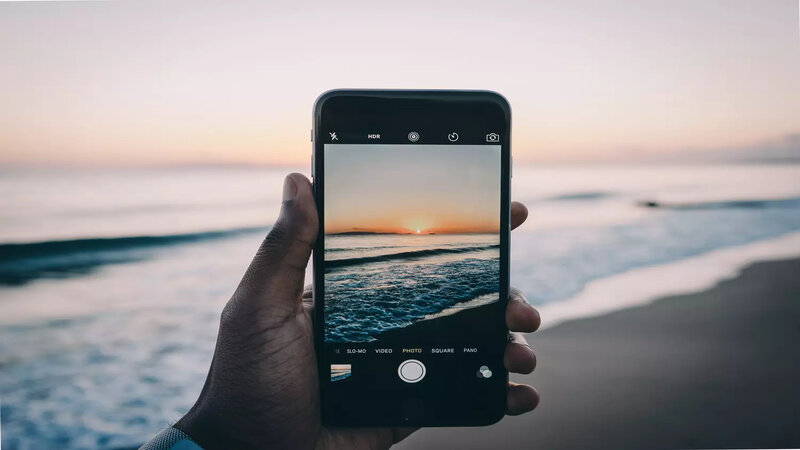
In today's digital world, when visual material is king, the
quality of photographs posted on social media platforms is critical. Instagram,
being one of the most popular photo-sharing networks, is frequently criticised
for the poor quality of the photographs it displays. One commonly asked
question is, "Does Instagram reduce the quality of photos?" Let us go
into this subject to throw some light on it.
First and foremost, Instagram, like many other online
platforms, has precise restrictions and limitations for the media uploaded to
its servers. These policies are in place to guarantee that the platform
functions smoothly, loads quickly, and offers a consistent experience to its
billions of users. With millions of photographs and videos shared every day,
it's only natural for Instagram to use compression to manage this massive
quantity of data.
When we talk about compression, we're referring to the
process of reducing the file size of a picture. This is accomplished by
eliminating some of the image's data, which might impact the image's quality.
Yes, Instagram compresses photographs, but it does so in
order to find a balance between quality and performance. This does not,
however, imply that every photograph published to Instagram suffers a
considerable loss in quality. The degree of compression and the final quality
are heavily influenced by the image's original file size and format.
Understanding this element of Instagram is critical for
individuals who use SMM panels or other tools to improve their social media
presence. An SMM panel may assist increase engagement and reach, but if the
material isn't of high quality, it may not produce the intended effects. As a
result, while utilising an SMM panel, it is best to ensure that the photographs
being pushed are of the greatest possible quality.
Users may follow a few recommended practises to keep as much
quality as possible while posting to Instagram:
Upload the Correct Dimensions: Instagram advises posting
photographs with a width of 1080 pixels. If you post a picture that is larger
than this size, Instagram may compress and shrink it, which may result in a
loss of quality.
Use the Proper Format: JPEG is Instagram's recommended
format. While PNG is supported, JPEGs are superior for images since they retain
more detail after compression.
Avoid Making Multiple Edits: Every time you modify and save
a JPEG, it is compressed. As a result, multiple modifications may impair its
quality. It's preferable to finish your image all at once and then upload it.
Examine Your Internet Connection: A steady and fast internet
connection guarantees that your photograph is posted in the highest possible
quality. A sluggish connection may compel Instagram to lower the quality even
further in order for the upload to succeed.
To summarise, while Instagram does use compression
techniques, it is not necessarily at the disadvantage of image quality. Understanding
the platform's limits and adhering to recommended practises will help guarantee
that photographs are sharp and clear. Similarly, for those who are utilising
the power of an SMM panel, assuring high-quality image quality may considerably
improve the outcomes of their campaigns.